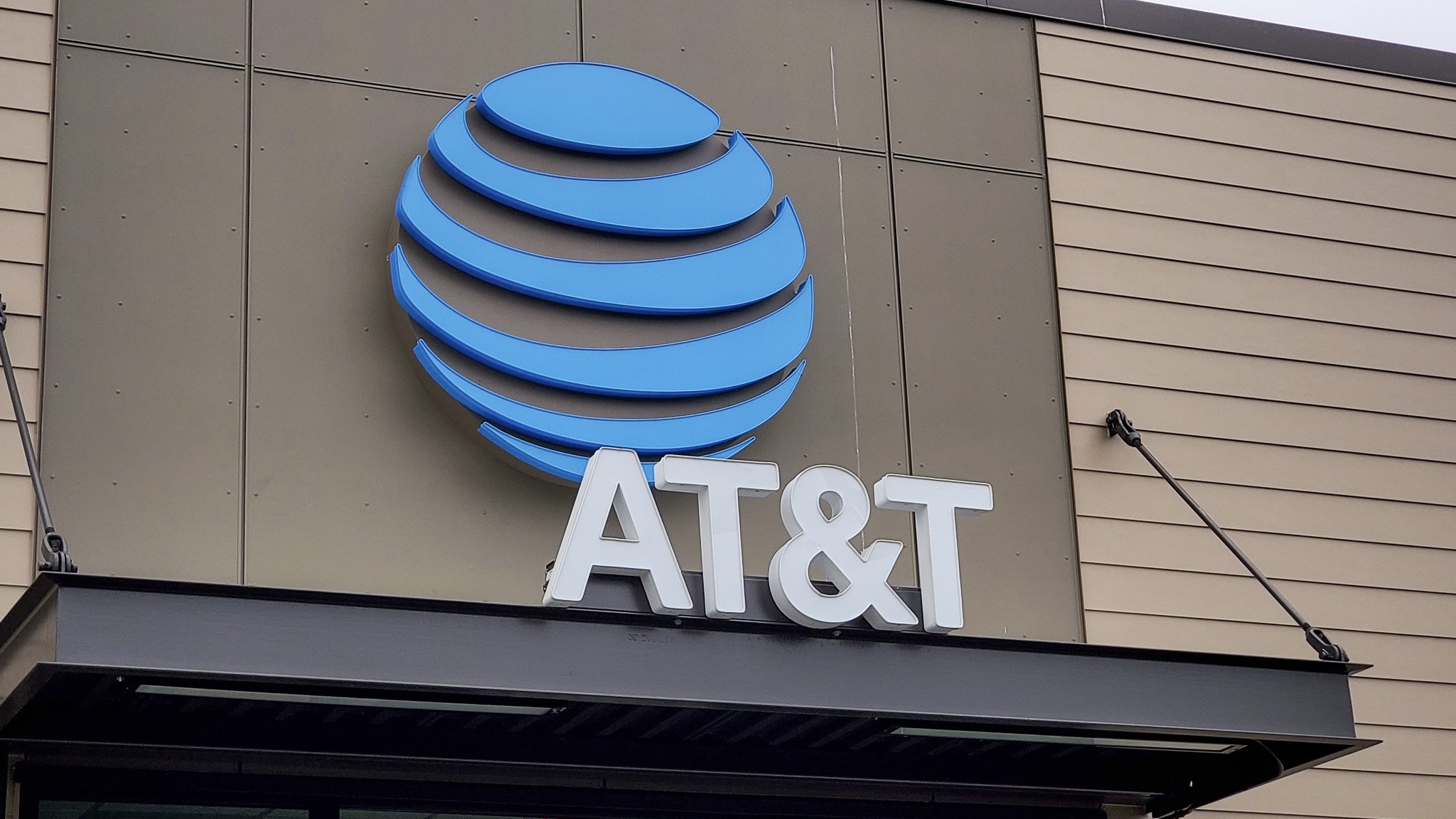AT&T can't make pigs fly, but it's using Flying COWs to spread 5G far and wide
AT&T just upgraded its Flying COWs with 5G.

What you need to know
- AT&T's Flying COW program marks the first time 5G has been transmitted from a drone.
- COW stands for Cell on Wings, a program AT&T has used for years to bring its network to remote areas.
- The drone was able to transmit a 5G signal over a 10-mile radius in a remote area.
- The company hopes to use Flying COWs to bring better coverage to first responders.
AT&T may not be topping many speed tests, but the company is working hard to make its 5G network available in as many places as possible. One way to do that is with drones, and the company has just upgraded its Flying COW program to make it happen.
Unlike flying pigs, AT&T's Flying COW program is quite real and is being used to bring 5G to remote areas when and where it's needed. COW stands for "Cell on Wings" and uses drones to act as portable cell towers that transmit a cellular network across a given area. It has previously been used to expand LTE coverage in times of need or heavy congestion, but this is the first time it's being used with 5G.
AT&T's team took a Flying COW to a remote field in Missouri to test its 5G coverage, which provided promising results.
"We had intermittent, weak LTE signal at the flight location before we launched the 5G Flying COW," said Ethan Hunt, principal program manager of AT&T's Unmanned Aircraft Systems (UAS). "We flew the drone up to about 300 feet, turned on the signal and it began transmitting strong 5G coverage to approximately 10 square miles."

AT&T hopes to use its Flying COWs to bring better 5G coverage to areas devastated by natural disasters or to boost signal during big events where networks can get easily congested. In the future, the carrier wants to use its drones to aid first responders in search and rescue missions.
Of course, continuously powering the drones can be tricky, but the company is working towards keeping drones in the air for months at a time — untethered and autonomous — using solar power. "This solution may one day help bring broadband connectivity to rural and other underserved communities across the U.S. and elsewhere," says Art Pregler, program director of AT&T's Unmanned Aircraft Systems.
As one of the best wireless carriers in the U.S., AT&T stresses that 5G isn't just about speed but how it's being used. And with 5G use growing over the next couple of years, it'll be interesting to see new use cases emerge as the technology matures.
Be an expert in 5 minutes
Get the latest news from Android Central, your trusted companion in the world of Android

Derrek is the managing editor of Android Central, helping to guide the site's editorial content and direction to reach and resonate with readers, old and new, who are just as passionate about tech as we are. He's been obsessed with mobile technology since he was 12, when he discovered the Nokia N90, and his love of flip phones and new form factors continues to this day. As a fitness enthusiast, he has always been curious about the intersection of tech and fitness. When he's not working, he's probably working out.
